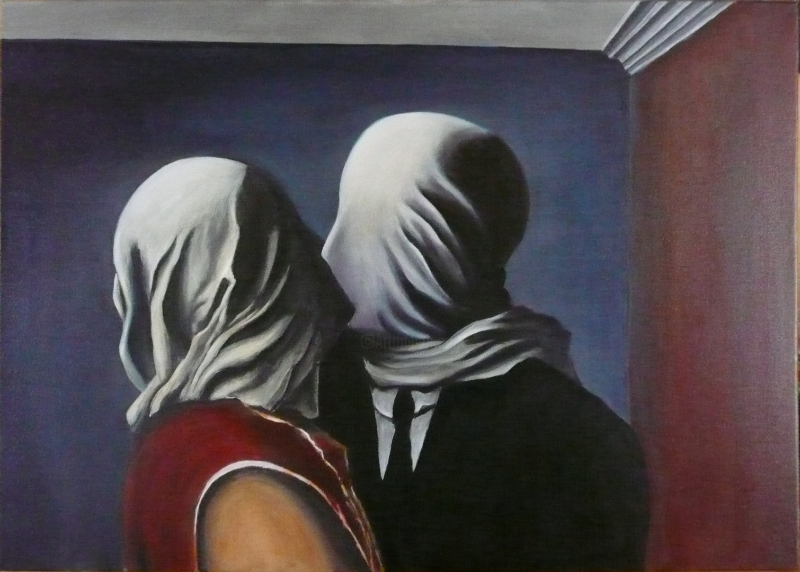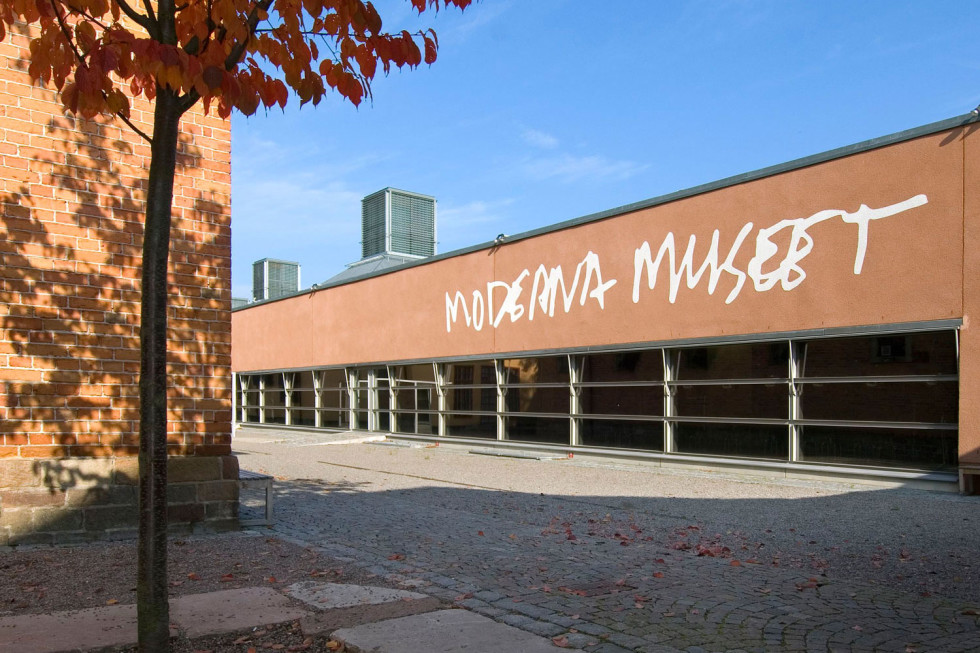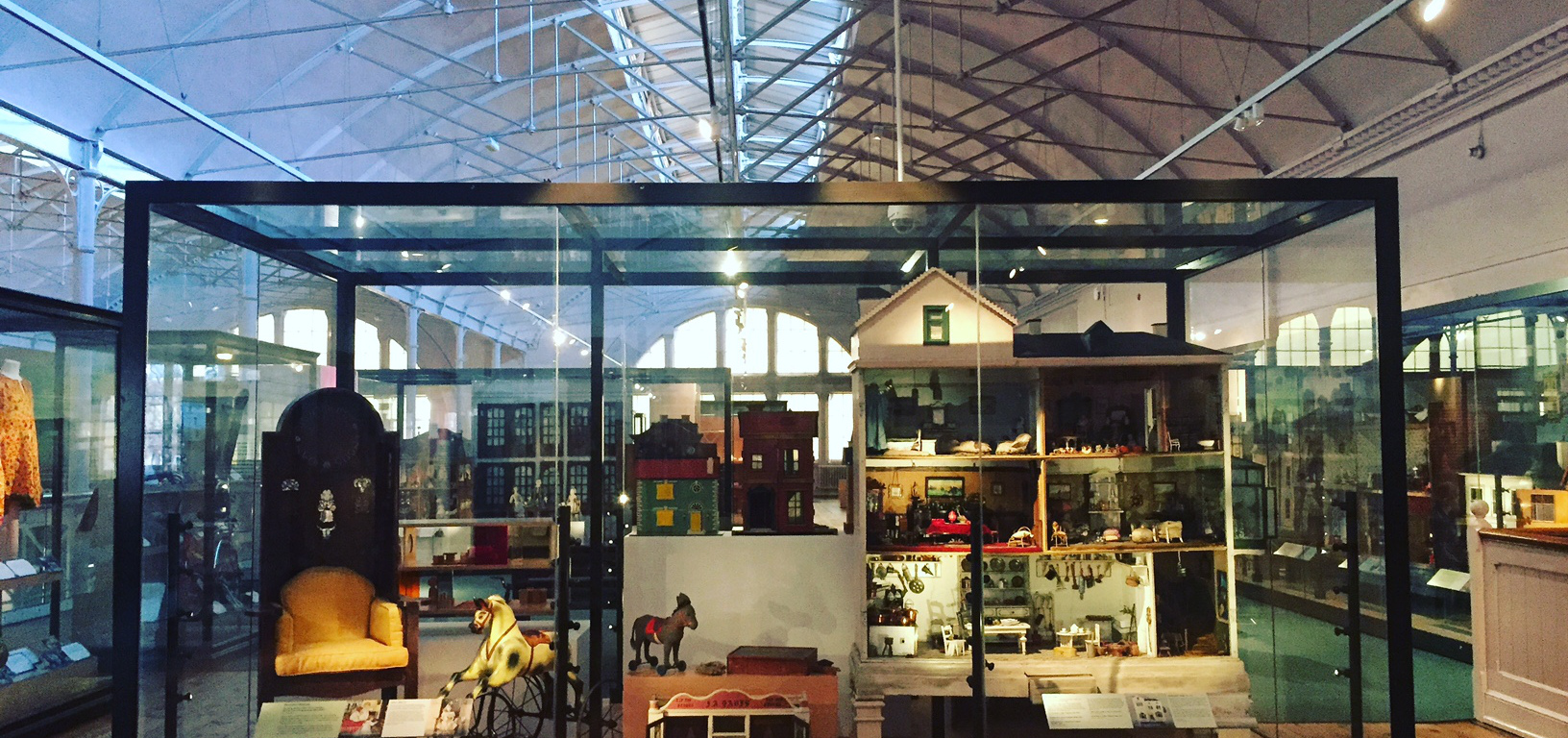Considered one of the greatest painters of Surrealism, René Magritte has given us wonderful paintings, destined to resist the wear and tear of time by virtue not only of their aesthetic beauty, but also their ability to move us.
"The Lovers" is certainly one of his most famous works and if you have had it under your eyes even once, we are sure you will never forget it. A painting that testifies to a tragedy that happened in Magritte’s life and that at the same time stages a relationship that is in some ways denied.
A painting in which the lovers are close, but divided by a veil that makes them blind. A sort of wall that distances, despite the closeness.
The use of drapery often recurs in Magritte’s technique. In this regard it is necessary to mention Magritte’s "Central History" of 1928, because it is the work of the painter considered by David Sylvester as the one in which the connection with the suicide of his mother reappears more.
When he was only 12 years old, Magritte experienced firsthand a serious bereavement, the death of his mother who committed suicide by throwing herself into a river. When his mother’s body was found, her robe covered her face, in the same way adopted in the description of the lovers he later depicted. However, Sylvester himself suggested that the use of veiled faces is, yes, related to the violent death of his mother, but that this episode is not the origin of the reproduction of hidden faces. The vision of the covered physiognomies also fits into an ideal thread of the visible-invisible nexus, so dear to the Belgian painter and often present in his works. The theme refers to the theme of delay: it is not immediate, it does not show itself at first glance to our gaze. On the contrary, it pushes us to go further, to search for the meaning by digging deep down, unraveling the true message.
Lovers is a painting of 1928, made with the technique of oil on canvas. There are two versions of the work, both dated 1928. The first is currently kept at the National Gallery of Australia, while the second donated by private collector Richard S, is precisely at the MoMA in New York.













